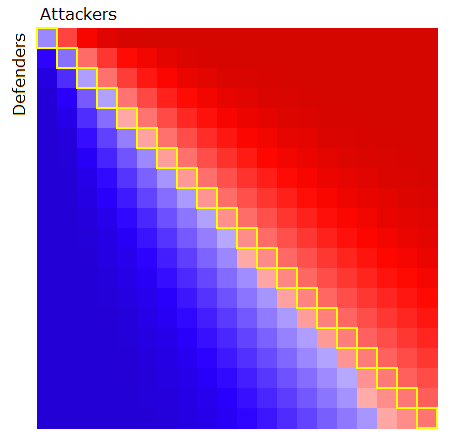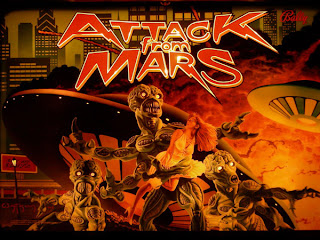Spoiler warning, if it's possible to spoil a 150-year-old book or a 30-year-old musical.
Pretension warning: I never write like this or talk about movies this way. Beware my crude attempts at artsiness.
My Les Mis Movie report card, more or less in order of appearance:
Hugh Jackman: B- (thought he would be better; ok singing, acting consisted of staring slightly to the left of the camera)
Russel Crowe: C+ (but better than I thought; mediocre singing, good acting, especially towards the end)
Anne Hathaway: A (better singing voice than I expected; suitably tragic. You should get your hair back in the afterlife.)
Little Cosette: A (good voice, good acting, ringer for imagined child version of Amanda Seyfried)
Sasha Baron Cohen: B- (he did fine, I suppose, but I hate the character; I did laugh at a few of his jokes)
Helena Bonham Carter: C+ (like i said, I hate these characters. WTH with the John Lennon glasses?)
Samantha Barks: A+ (when she first came on, I remember thinking, "wow, the first one who can really sing" - head and shoulders above the others. But I'm a sucker for Eponine, too.)
Gavroche kid: A (I normally dislike this character and am almost happy when he buys the ferme, but this guy was surprisingly affecting and sang well)
Amanda Seyfried: A- (better singing voice than I expected, although seemed to be singing in a different style from the others. I've always wished the character had more guts and more to do than merely obey her dad and moon about over Marius)
Eddie Redmayne: B (Marius is such a lightweight character; he did OK, but I thought he blew it on Empty Chairs)
Aaron Tveit: B+ (Pretty inspiring, noble death, sang pretty well, but goofy hair, even for 19th century France)
Tom Hooper: B (Could we ever get a scene that's not mostly a face-on shot of somebody singing?)
Overall: A- (really enjoyed it; would have been better with a stronger JVJ)
It was really interesting to see the show as a movie rather than a musical. I caught parts of the story and character motivations that I'd missed in multiple versions of the stage production. Jean Valjean's progression from desperate thug to flawed man trying to do right while saving his skin to placing others truly before himself.was far more clear here than in the stage productions I've seen. Also, the focus was totally different - you're focused on each character and can see facial expressions and reactions - the acting becomes as important as the singing, which I found surprising.
Unexpected punch in the gut: Javert pinning the medal on Gavroche in the row of dead revolutionaries. My daughter said that was counter to Javert's character from the musical; I agree, but I found it a welcome change; it very nicely bridged the gap between Jean Valjean showing him mercy and his suicide, especially after his admission that he grew up poor on the streets. I thought it was very well done by Crowe.
Unexpected non-punch in the gut: Empty Chairs and Empty Tables - This song leaves me crying in my beer even when Brianna plays it night after night while washing dishes. It was sung kind of wimpily, and I think it needs a stronger interpretation. Also, the destroyed bar wasn't the same for me as imagining him in the same bar intact but with his friends gone.
Awesome scene: Defeated revolutionary pushes through armed soldiers to stand with (and be shot with) his leader. Totally badass.
Scene that was way awesomer in the movie than they could ever do on stage:: Revolutionaries kidnap funeral procession. Also badass.





















